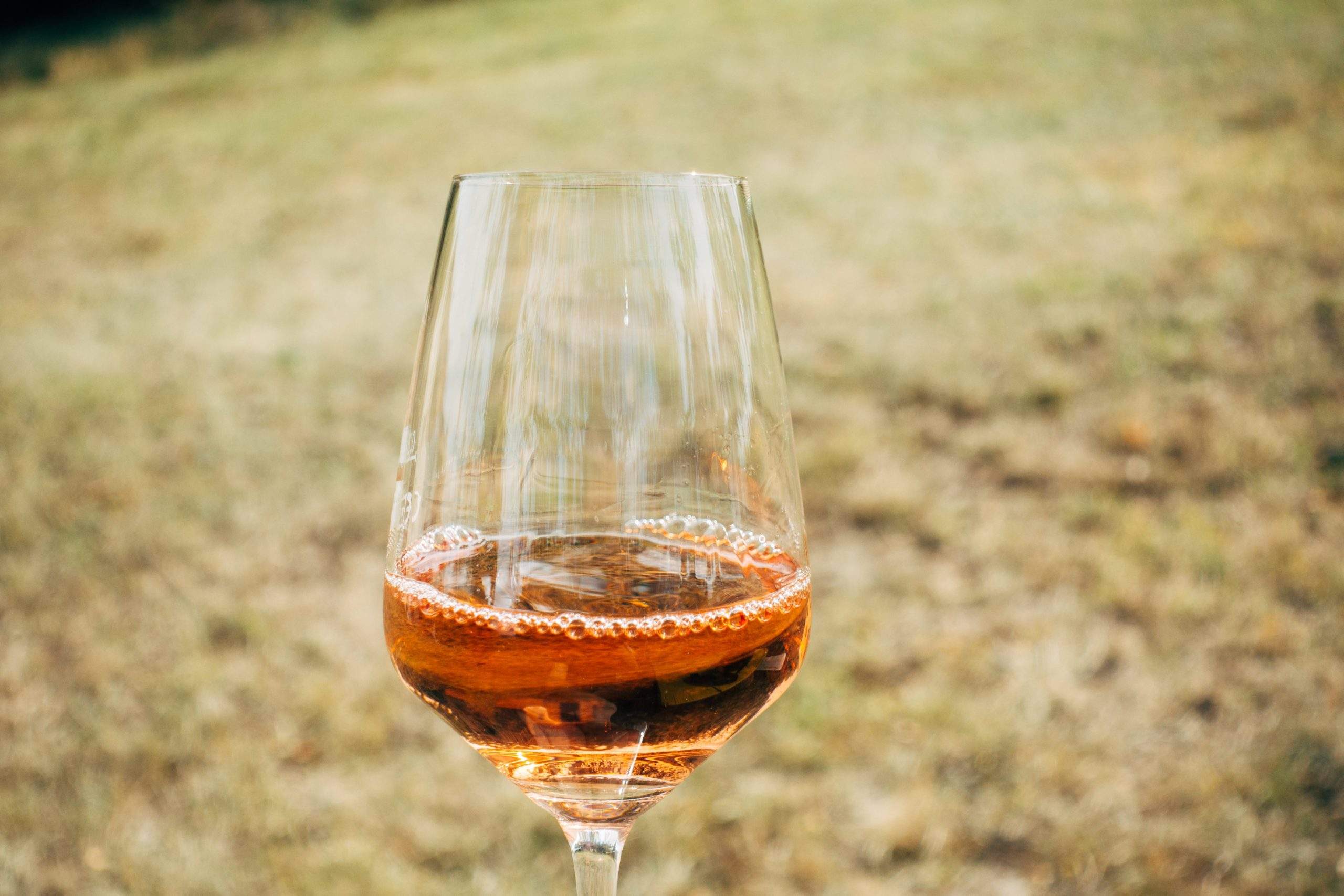Despite the effects of the global health crisis, in 2020, Rosé de Provence wines recorded 6% growth in exports, thanks to increasing foreign demand.
Details from Brice Eymard, managing director of the Provence Wine Inter-Professional Council.
With a 6% increase by volume in exports in 2020, Rosé de Provence was swimming against the tide for French wines, which recorded a downturn of approximately 5% overall.
How do you explain that increase?
The increase in exports is the outcome of two factors. First of all, it is structurally tied to the overall rise in rosé drinking abroad that has been taking place over the past few years. We have been seeing new consumer habits developing in countries like the United States, Great Britain, Australia and Canada, along with less structured meals. Rosé provides a different, more accessible approach toward wine, one that is free of the strictures of traditional conventions. Since 2018, the export market has become the largest sector for Rosé de Provence wines, accounting for 40% of total sales in 2020.
And from a more circumstantial point of view, the bar and restaurant closings caused by the global health crisis led to an increase in purchases from supermarkets in those countries. Many distributors who, until recently, had said that at over €5 a bottle in Europe, our rosé was too expensive, finally decided to stock us, and consumers jumped on our product.
Why do consumers prefer Rosé de Provence?
The Provence region is very well-known abroad, and it has strong consumer appeal. We are clearly recognized overseas as a rosé region, making us a reliable choice during crises.
Aside from the United States, where we recorded a 6% drop in exports due to American import duties on European wine, all of our markets are on the rise. Growth in the larger European markets – particularly the United Kingdom, the Netherlands, Germany and Belgium – more than made up for the downturn on the American market, which retains its position as our number one destination market nevertheless.
All in all, this year’s figures are very encouraging, with a 20% progression in export sales in the first quarter.
What commitments have you made for the environment?
Our wine growers are very environmentally committed; currently, 17% of our grape-growing surface is certified organic, and 15% is certified High Environmental Value. Our goal is to have 40% of our vines obtain at least one of those labels by the end of the year, and 100% by 2030. In addition, our dedicated R&D center is looking into a range of environmental issues. Our goals are to reduce rosé wines’ impact and to be prepared for climate change. That is key to both our winegrowers and our clientele, considering our premium product positioning.
Some figures:
Provence wines have three different AOP (Protected Origin Appellations) – Côte de Provence, Coteaux d’Aix-en-Provence and Coteaux varois en Provence – for a total of 26,680 hectares (66,000 acres). As the region’s historic specialty, rosé represents 91% of production.
If you want to know more info about wine and spirits
